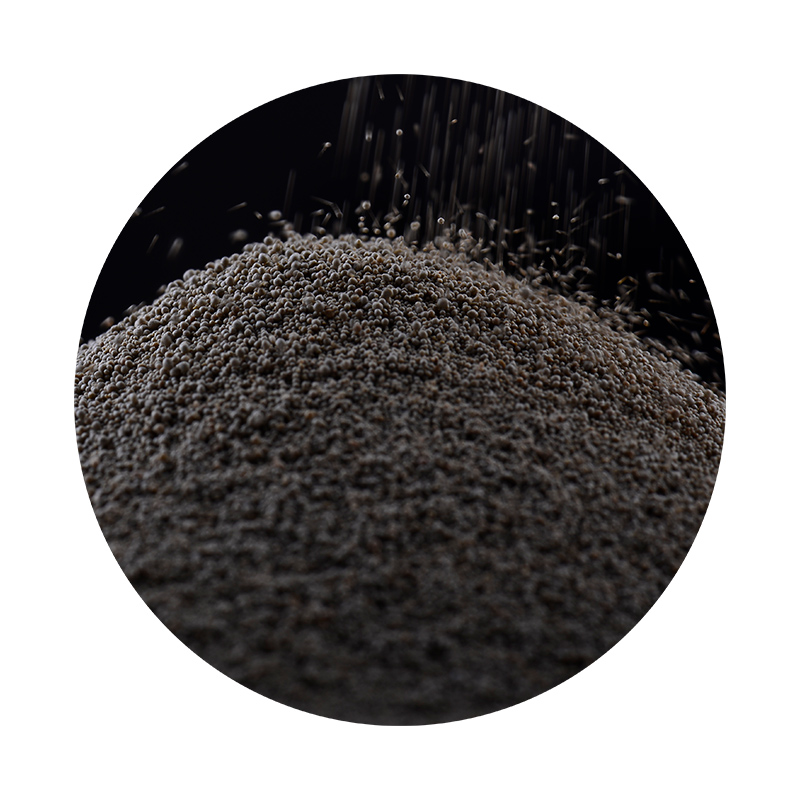The Art of Resin Sanding Achieving a Flawless Finish
Resin art has gained immense popularity over the past few years, with countless creators utilizing epoxy resin to produce stunning pieces ranging from jewelry and coasters to large-scale paintings and furniture. One crucial step in the resin crafting process that greatly influences the final appearance of the artwork is sanding. This article delves into the importance of resin sanding, the techniques involved, and tips to achieve a flawless finish.
Why Sanding Resin?
Sanding is an essential process in resin art for several reasons. First, it helps to eliminate surface imperfections such as bubbles, dust particles, and uneven spots that may have formed during the curing process. These imperfections can detract from the overall aesthetic of your piece. Second, sanding creates a smooth surface that enhances the clarity and gloss of the resin when finished. This is particularly important for pieces that rely on a glass-like finish, such as river tables or resin-coated canvases.
Tools and Materials Needed
To achieve optimal results, you will need the proper tools and materials
. Essential items include1. Sanding Blocks Select blocks of varying grits (from coarse to fine) to progressively smooth the surface. Typically, you might start with 80 or 120 grit to remove significant imperfections and move up to 400 or higher for a polished finish.
2. Water Wet sanding is highly recommended as it reduces dust and helps to achieve a smoother finish. Using water also prevents the resin from overheating during the sanding process.
3. Rags or Towels For cleaning off residue and ensuring a clear view of your progress.
resin sanding

4. Safety Gear While sanding, fine resin dust can be harmful; therefore, wearing a mask and goggles is advisable to protect your health.
Techniques for Sanding Resin
1. Begin with Coarse Grit Start with a coarse grit sanding block or paper to remove the larger imperfections. It’s crucial to apply even pressure and work in a consistent, circular motion across the surface. This approach prevents creating uneven spots and ensures smooth transitions.
2. Progress to Finer Grit Once the major flaws are addressed, switch to finer grit sandpaper (e.g., 220 or 400). Continue sanding in circular motions, paying attention to any areas that may still look uneven or rough.
3. Wet Sanding Method For the wet sanding process, soak your sandpaper or block in water. The water lubricates the surface, resulting in less friction and minimizing dust. It also helps to keep the resin cool, further preventing damage.
4. Clean Between Grains After each sanding session, wipe down the surface with a damp rag to remove any residue. This will allow you to see the effects of your sanding clearly and identify areas that may require further attention.
5. Final Polish For the ultimate glossy finish, you can use a polishing compound or a buffing wheel after sanding. This step can make a significant difference in the clarity and shine of your finished piece.
Conclusion
Resin sanding is an art that can elevate your resin creations from ordinary to extraordinary. By understanding the importance of this process and employing the right techniques, you can ensure a flawlessly finished product. Remember to be patient and take your time; the rigors of sanding can be tedious, but the end results are undeniably worth the effort. Whether you’re crafting a beautiful piece for yourself or a thoughtful gift for others, a smooth and shiny finish will leave a lasting impression. Embrace the art of resin sanding, and watch your creations shine!
Post time:Jul . 26, 2024 07:00
Next:Exploring the Innovative Features and Benefits of G2 Super Sand for Your Landscaping Projects
